Performance Management Process (PMP)
Creating a Performance Based Culture
Almost all organizations have a structured process for periodically evaluating and measuring employee performance. In the University System of Maryland, we use the Performance Management Process or PMP and it involves more than just performance reviews.
PMP is an ongoing process of measuring employee performance and helping them achieve excellence in their role. It involves goal setting, feedback, coaching, evaluating and development planning. It is a process that supervisors and employees actively use throughout the year, not just at appraisal time. PMP forms are provided to facilitate the process, but the primary focus of PMP is on communications, not on administrative requirements.
During the 2024/25 PMP cycle, the Office of Human Resources PMP process moved to Workday in order to automate, streamline, simplify, and track the efficiency, and productivity of the process.
The new process starts with Goal Writing,

The new process begins with HR launching high level goals taken from the current strategic plan.

- Once this is completed employees will receive a self evaluation in their Workday 'My Task' box for completing.
- Managers will receive completed self evaluations from their direct reports for review
- The Next level Manager will receive the Managers completed performance appraisal for the employee for review and approval
- The Manager will receive a task to schedule a meeting/discussion with the employee to discuss the review
- After the meeting the employee will reive a task to acknowledge the performance conversation in Workday which will complete the PMP process.
Employee Responsibilities in PMP
Completing a self-evaluation in Workday is an essential responsibility for every employee as part of the updated annual PMP process.
- It provides an opportunity to reflect on accomplishments, acknowledge challenges, and demonstrate growth over the review period.
- By thoughtfully documenting contributions and aligning them with departmental and institutional goals, employees not only advocate for their own development but also support transparent and meaningful conversations with supervisors.
- Timely and thorough completion of the self-evaluation ensures a well-rounded performance assessment and contributes to a culture of accountability, continuous improvement, and professional excellence.
Supervisor Responsibilities in PMP
The primary responsibilities for the supervisor are to:
- Inform employees about PMP and their role in the process.
- Discuss objectives, performance factors, and important milestones with employees; ensure they know what is expected of them; connect employees’ performance to institution/department goals.
- Monitor and document employees’ performance during the year and provide ongoing feedback and coaching where appropriate.
- Update objectives and performance factors as required.
- Fairly evaluate performance and complete the PMP form; obtain input from the employee, next-level supervisor and others, as appropriate.
- Conduct performance review discussions and formulate plans to develop capabilities.
Next Level Supervisor Responsibilities in PMP
The primary responsibilities for the next level supervisor are to:
- Ensure overall quality and fairness of how PMP is administered within the department.
- Review the completed PMP form and performance ratings before review discussion.
- Monitor the results of the performance review discussion (e.g., development plans)
Performance Review Resources
- Performance Management Process (PMP): A Guide for Managers and Supervisors Handbook (pdf)
- PMP Training Slides – slides for 90-minute training (pdf)
- PMP Review Training Video – 2023 (Video)
